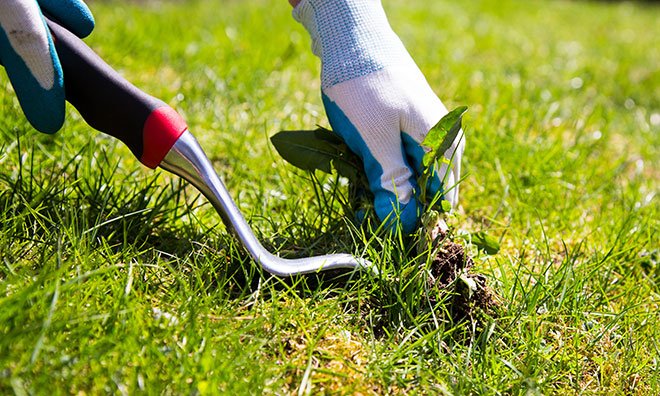The global Weed Control Market is estimated to be valued at US$ 30.33 Bn or Mn in 2023 and is expected to exhibit a CAGR of 5.8% over the forecast period 2023 to 2030, as highlighted in a new report published by Coherent Market Insights.
Market Overview:
Weed control market consists of products like herbicides, mechanical weed control and thermal weed control that are used to limit the growth of weeds. Herbicides are the most commonly used products for weed control owing to their effectiveness and easy application.
Market key trends:
One of the key trends in the weed control market trends is the growing adoption of sustainable weed management practices. With increasing concerns over the environmental and health impacts of chemical herbicides, farmers and landscapers are looking for more eco-friendly alternatives. Some of the sustainable weed control methods gaining traction include the use of natural herbicides made from plant extracts, mechanical weed removal through hand tools and machines, and organic mulching to prevent weed growth. The development of new types of targeted and species-specific herbicides is also driving sustainable weed control solutions.
Market key trends:
The weed control market is witnessing increased adoption of integrated weed management techniques which involve combining preventive cultural, biological, mechanical, and chemical methods. Proactive techniques like cover cropping, crop rotation, and proper soil management practices are gaining popularity among farmers to prevent weed infestation and minimize herbicide use. Furthermore, the development of new generation herbicides that are more selective and have lower toxicity is supporting sustainable weed control practices.
SWOT Analysis
Strength: Wide range of herbicide formulations like selective, non-selective and pre-emergent herbicides available to control broadleaf weeds, grasses and sedges in various crops.
Weakness: Frequent evolution of herbicide-resistant weed varieties requiring different weed control strategies. High R&D costs involved in developing new herbicide molecules.
Opportunity: Growing organic and sustainable farming providing opportunities for bio-herbicides and mechanical weed control equipment. Increasing mechanization in developing countries boosting sales of automated weed control equipment.
Threats: Stringent environmental regulations restricting use of certain toxic herbicide formulations. Rising input and logistics costs affecting farmer profitability.
Key Takeaways
The global weed control market is expected to witness high growth, exhibiting CAGR of 5.8% over the forecast period, due to increasing adoption of integrated weed management practices. By 2023, the market size is projected to reach US$ 30.33 Bn.
Regionally, North America dominated the market in 2020 due to extensive acreage under corn and soybean cultivation in the US and Canada. Asia Pacific is expected to be the fastest growing market between 2023-2030 on account of rapid mechanization of agriculture in China and India.
Key players operating in the weed control market are Bayer AG, BASF SE, Syngenta AG, Corteva Agriscience, FMC Corporation, Nufarm Limited, Dow AgroSciences, UPL Limited, Adama Agricultural Solutions, AMVAC Chemical Corporation, Valent U.S.A., Isagro S.p.A., Marrone Bio Innovations, Albaugh LLC, and Drexel Chemical Company.

